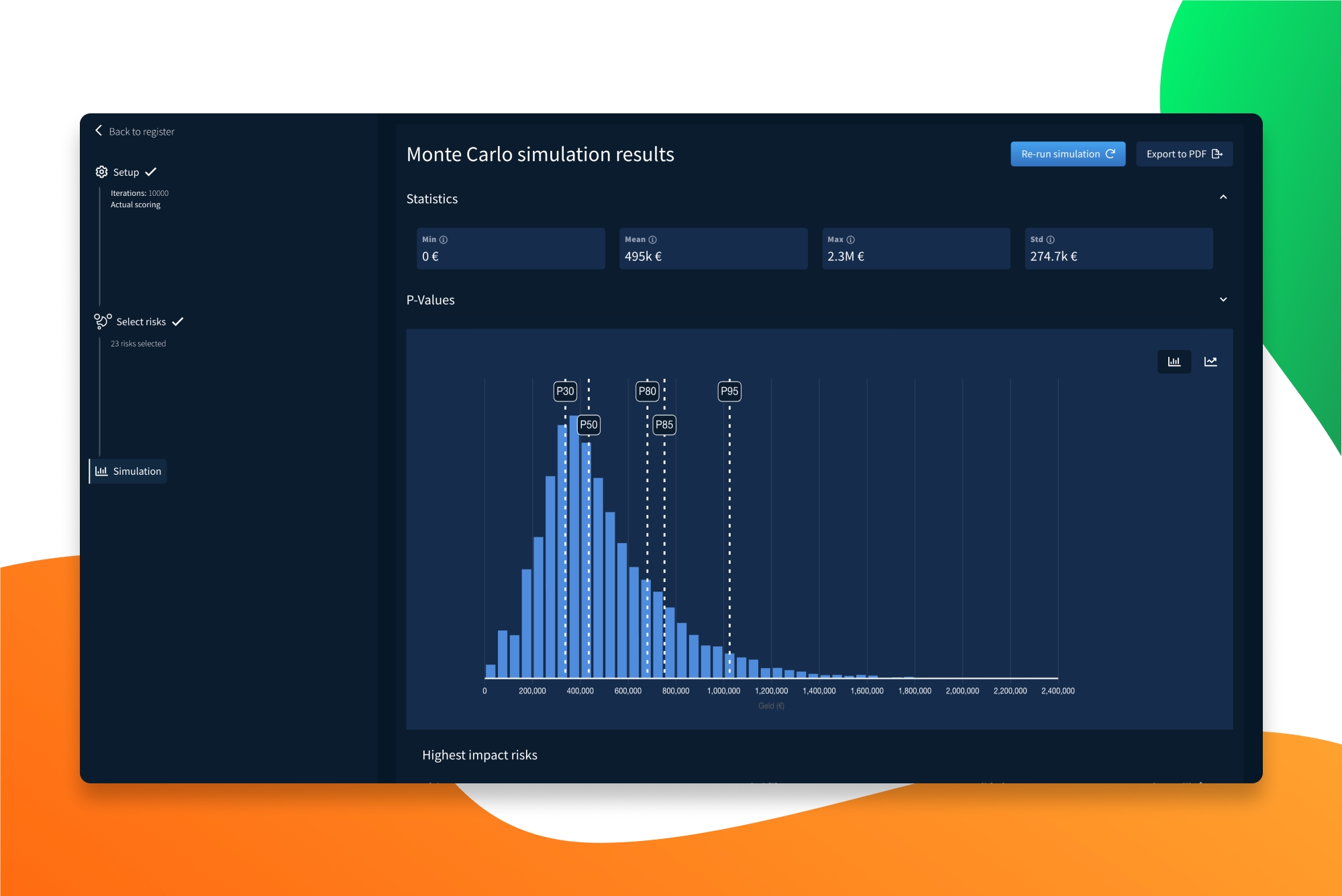ISO 31000: The international standard for risk management
The ISO standards are the norm for various industries. ISO 31000 is used for risk management in this context. Read here about the principles of ISO 31000 and how the process unfolds according to this standard.
What is ISO 31000?
The International Organization for Standardization (ISO) is an organization that, with expert knowledge input from more than 160 countries, publishes international standards for various industries. These standards thus become the norm for their respective sectors. For risk management, ISO 31000 is used. It provides guidelines for organizations to establish, implement, monitor, and continually improve risk management processes. The ISO 31000 standard is not a new system, rendering the existing risk process redundant. The Standard (along with accompanying guidelines) encourages further exploration and thorough understanding of existing risk processes by:
- Elaborating on underlying principles for effective risk management.
- Establishing a framework for the entire continuous PDCA (Plan-Do-Check-Act) cycle for an organization.
- Describing the process for developing a risk framework.
Principles
Risk management according to the ISO standard is based on the following principles; Integration of risk management into the entire management system of the organization. This means that, up to the executive level, a deliberate choice is made to consistently utilize a structured risk management process for decision-making based on the best information available. To achieve this, it is essential that this process is tailored to the specific organization’s context and its corporate culture, taking into accountrelevant stakeholders and adapting to a constantly changing market.
Framework
ISO 31000 emphasizes that the aforementioned choice is explicitly made by the executive leadership to ensure the preservation of value and the continuous improvement of the risk management process. This underscores that risk management should not be merely a compliance requirement but rather a tool that creates value for an organization, for which the necessary resources should be allocated.
The process begins with the development of a risk management framework.
By subsequently implementing and monitoring this process, potential areas for improvement are identified and incorporated into a re-evaluation of the framework, ensuring the ongoing enhancement of the framework.
RiskAssessment Process
To prevent getting lost in listing hypothetical incidents or calamities, ISO 31000 recommends that the context is established first. In this context, it is determined top-down which risks are related to the established policies or project objectives. From this context, a more focused approach can then be taken to identify, analyze, and address relevant risks.
Monitoring and Communication
A recurring element in the ISO 31000standard is the monitoring of frameworks and processes, aiming for constant updating and improvement. The most crucial link between principles, frameworks, and the risk process is communication, ranging from aligning the current state of affairs regarding risks to refining the risk framework and risk process. An insightful presentation of your risks and effective communication is the key.
RiskChallengers software is, of course, 100% compatible with the ISO 31000 standard, and our consultants are all ISO 31000 certified.
Do you have any questions about this article?
Feel free to contact us via live chat or via
support@riskchallenger.nl








